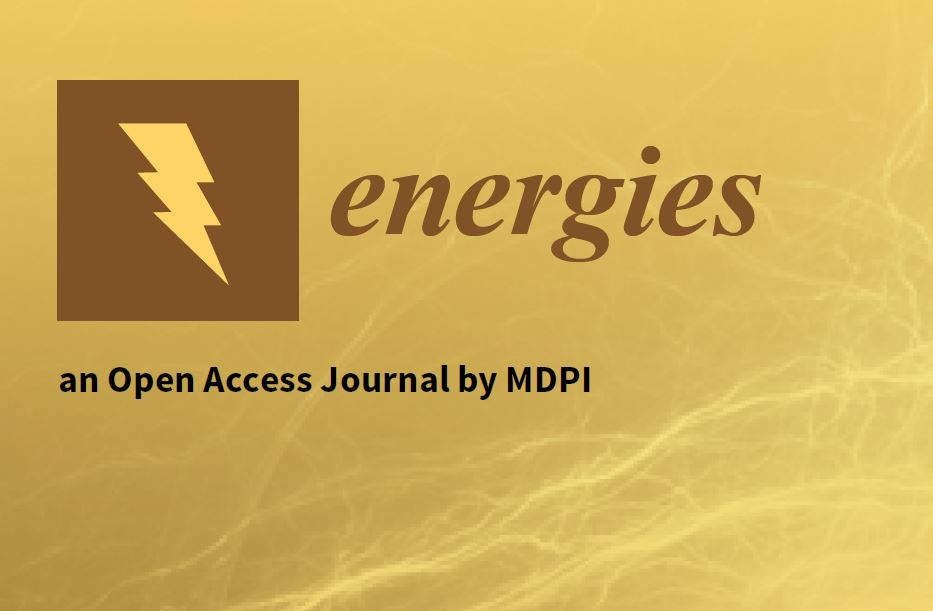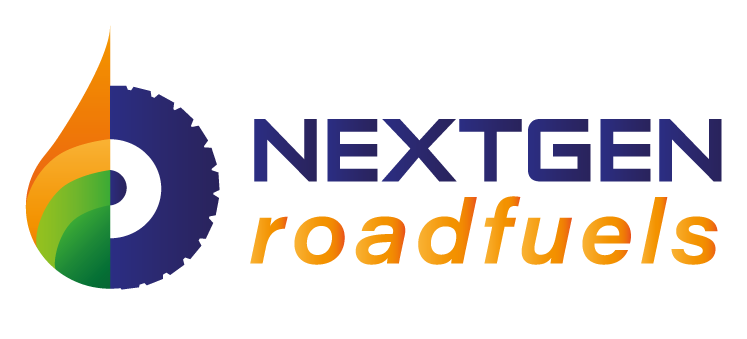
Abstract
This study focuses on the valorization of the organic fraction of municipal solid waste (biopulp) by hydrothermal liquefaction. Thereby, homogeneous alkali catalysts (KOH, NaOH, K2CO3, and Na2CO3) and a residual aqueous phase recirculation methodology were mutually employed to enhance the bio-crude yield and energy efficiency of a sub-critical hydrothermal conversion (350 °C, 15–20 Mpa, 15 min). Interestingly, single recirculation of the concentrated aqueous phase positively increased the bio-crude yield in all cases, while the higher heating value (HHV) of the bio-crudes slightly dropped. Compared to the non-catalytic experiment, K2CO3 and Na2CO3 effectively increased the bio-crude yield by 14 and 7.3%, respectively. However, KOH and NaOH showed a negative variation in the bio-crude yield. The highest bio-crude yield (37.5 wt.%) and energy recovery (ER) (59.4%) were achieved when K2CO3 and concentrated aqueous phase recirculation were simultaneously applied to the process. The inorganics distribution results obtained by ICP reveal the tendency of the alkali elements to settle into the aqueous phase, which, if recovered, can potentially boost the circularity of the HTL process. Therefore, wise selection of the alkali catalyst along with aqueous phase recirculation assists hydrothermal liquefaction in green biofuel production and environmentally friendly valorization of biopulp.
Authors: Komeil Kohansal, Kamaldeep Sharma, Saqib Sohail Toor, Eliana Lozano Sanchez, Joscha Zimmermann, Lasse Rosendahl, Thomas Helmer Pedersen
Full paper here: https://www.mdpi.com/1996-1073/14/15/4492
